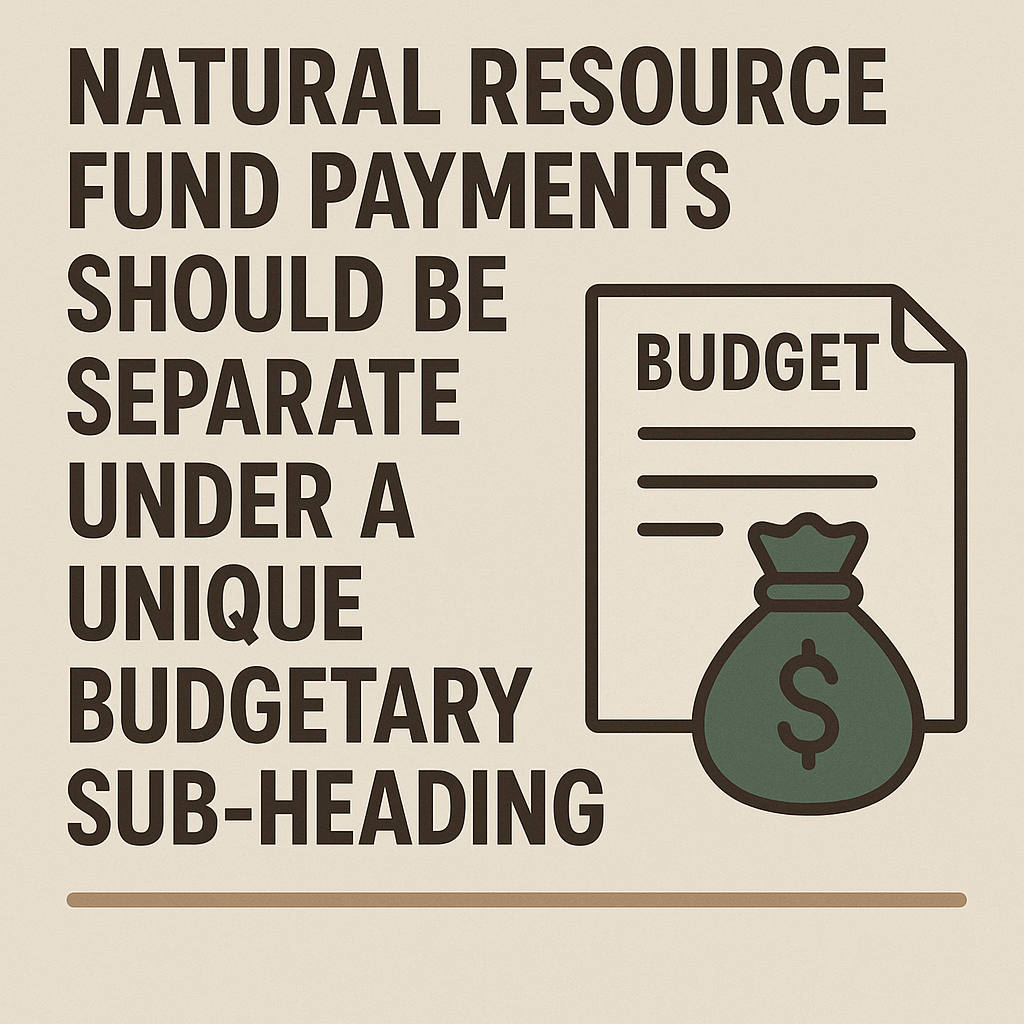I would like to make some comments on the article by Dr. Thomas, “Guyana’s Oil and Gas Sector: More on the abuses of misinformation, deceptions, and fake news.” (SN July 11, 2021). Some clarifications are needed as Dr. Thomas seemed to have missed some important points.
Firstly, the Guyana’s taxation system is not based on “average effective rates” and the Production Sharing Agreement makes its tax assessment based on the Guyana Revenue Authority’s tax rules and tax rates (Article 15.4). Under the 2016 Production Sharing Agreement (PSA), Guyana’s oil revenues are not from income taxation. They are only from two of the three legs of property rights payments in an exhaustive natural resource – oil, for which production is expected to be close to zero in 15 years – by 2035.
The first leg is Ownership Rights: Royalty payments of 2 per cent are for ownership rights. The second leg is Transformation Rights: In the sharing of Production, Guyana gets half of 25% after the Contractor takes out up to 75% production that is applied to capital recovery. The business model in the PSA agreement uses average pricing to value the production shares and arrive at revenues. The 12.5 per cent Production share Guyana receives, valued at the average price, is not a taxation payment under Guyana’s tax laws. The shared quantities are sold to third parties at current prices. The revenues from the 12.5 per cent share are sitting outside the central government’s budget at the Federal Reserve in New York. The third leg is Fruits of Production Rights, namely Taxes on Profits. The Guyana Revenue Authority would be blessed to receive a penny of income tax from oil profits based on the full Contractor’s 12.5 per cent Production share.
In Guyana, the taxes are assessed at a 25 per cent rate on taxable income and the Minister is required to pay it on schedule and obtain tax receipts, as if the Contractor actually paid the taxes. I wonder if Dr. Thomas, a well-known anti-imperialist, anti-colonialist crusader, does not see the need for this third leg in Guyana’s cash flows. Are such revenues not befitting for an ex-colony struggling to maintain its failing infrastructure and eliminate poverty? Dr. Thomas claims that he is, “utilizing techniques that are applied universally.” By these very facts he finds “available estimates of the average effective rate of taxation for Guyana’s oil and gas sector under the present PSA rules and arrangements reveal results ranging from 50 to 60 per cent.”
Dr. Thomas does not say if the so-called taxation payment of 50 to 60 per cent is applied to the Contractor’s taxable income or some other line item of the Contractor’s Tax Returns (PSA, Article 15.5: The Tax Return is provided to the Minister, who submits the Return for a certain Tax-payer; I am not sure if the final Return is the Contractor’s or the Minister as a qualified Tax Payer). Dr. Thomas goes on further to quote calculations done by those universally accepted methods. “The IDB study that I have been using to illustrate my presentation on this topic has arrived at an estimate of 51 per cent.” I find it strange that Dr. Thomas’, “universally accepted taxation revenues” are not the Contractor Assessed taxes at 25% that the Minister must pay under Article 15 and make such payments on time to avoid interest and penalties.
That 51 per cent “average effective tax rate” is misleading from Guyana’s tax law standpoint and should not justify disregarding Guyana’s taxation laws, nor should it be the argument in favour of the Minister paying the Contractor’s assessed taxes from Guyana’s 12.5 per cent Production share.
Sincerely,
Ganga Persad Ramdas










